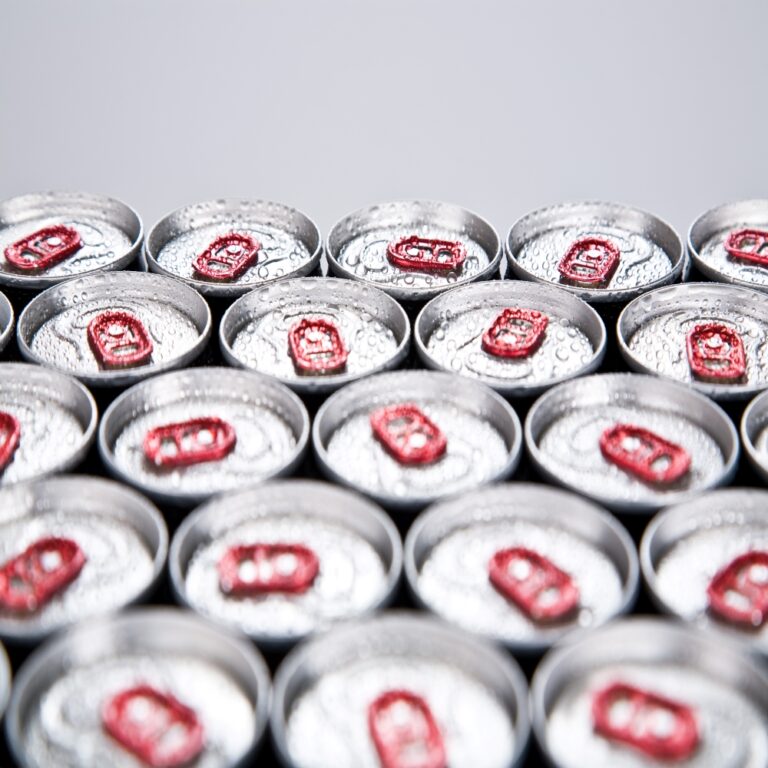27/11/2025
Innovation ‘strategically fundamental’ to beverage alcohol growth
Innovation takes many forms in beverage alcohol, from new-to-world creations to brand and flavour extensions – and companies need to gain a clear-eyed and comprehensive view of how it works in order to secure incremental growth
As the speed of innovation in the beverage alcohol industry continues to accelerate, it’s more vital than ever for brand owners to keep pace with nascent and growing trends – not least because innovation is the keystone to future sales growth.
Speaking during a recent episode of IWSR’s Speakeasy video series – featuring experts from across global beverage alcohol discussing key trends and shifts in the market – Luke Tegner, head of IWSR’s consultancy practice, argued that innovation is “strategically fundamental” to drinks businesses.
In the past 10 years, the global beer, spirits, and RTDs categories grew by $231 billion between 2015 and 2024. Of this growth, more than half came from innovation launched within the past 10 years. “It does differ category by category and it differs market by market, but I think it’s probably fair to say that, in a nutshell, growth relies on innovation,” he said.
IWSR uses its global database to track the performance of five distinct types of innovation:
- Completely new to world brands
- Brand extensions to an existing umbrella brand
- Flavour extensions – a kind of brand extension, tracked separately because of their significance
- Cross-category – a brand launching in a new category (eg, RTDs)
- Geographic expansion – an existing brand launching into a new market
The significance of innovation varies by category. For instance, RTDs account for less than 5% of total beverage alcohol (TBA) value now, according to IWSR data, but represent about 20% of TBA incremental value from innovation.
Some categories, such as single malt whisky, may have a large number of innovations that are a source of value for a relatively short period of time – whereas beer typically has fewer innovations, but each one has the potential to become much bigger in value terms and to reach across many markets around the world.
Meanwhile, dynamic young categories – agave spirits being a prime example – are more likely to see a large number of new brand lines and brand extensions, versus a mature category like Cognac, where innovations are much more scarce.
Another tool used to track innovation is Radius, IWSR’s trendspotting service that provides quarterly reports featuring news of significant beverage alcohol NPD and trend reports.
On top of the significant trends that have been identified in the 20 years since Radius was established – including wellbeing, the evolution of premiumisation and sustainability – a number of currently influential trends have been highlighted.
Speaking during another instalment in IWSR’s Speakeasy video series, Radius founder Claudine Ben-Zenou said there was now a growing consumer appreciation for multicultural flavours and culinary traditions. “It’s coming from the fact that consumers are going to food markets and they’re really exposed to so much more flavour,” she said. “And we’re seeing that now working its way back into the product.”
Another emergent trend revolves around savoury flavours and pickles – which Ben-Zenou said had been “bubbling under the surface” at the start of 2025, but which took root during the summer with NPD around vegetables, including carrot liqueurs and tomato-based cocktails.
Meanwhile, playfulness – in terms of both packaging and flavours – had been imported from the fashion industry, with brands not taking themselves too seriously and introducing “whimsical packs that create fun and shareability on social networks”.
“Sometimes it is difficult to be very agile about these trends and to be able to jump on them quickly, because by the time the pipeline is played out, the trend could already be over,” said Ben-Zenou. “So it is really important to be able to respond to them.”
In this context, having the ability to identify and act on nascent trends becomes vital. Tegner pointed out that, apart from tracking the performance of innovations through IWSR data, other IWSR tools are also available, including Bevtrac consumer behaviour and attitudes research, and IWSR forecast data – all of which can be combined to build a “holistic model” of current and future .
With IWSR’s recent acquisition by WGSN, the global authority on consumer trend forecasting, IWSR’s insights can also be combined with the early signals foresight and predictive understanding of future consumer behaviour, which can be combined to build and deeper understanding of the future market dynamics.
“I think what would be really interesting to be asking is what are the consumer moments and occasions that are going to be big in the next 15, 18, 24 months,” said Tegner. “And using that as a guiding star, if you like, for helping to focus companies’ innovations – beyond the category view to the moment view. Which categories fit that moment? And how should brands be adapting themselves to fit within the growth areas?”
Ben-Zenou advised “not to be too afraid to embrace trends, because often, certainly with larger brands, it’s hard to sell in those products because we’re worried about scale, and taking a risk sometimes can feel really quite scary.”
Sometimes, she added, it’s important to embrace trends before someone else does. “I often see that play out, where there’s this need to wait to see if the trend is really going to move from emerging to the mainstream. And at that point, it’s almost too late – and, again, you’re just looking like a follower. So I think my message would be just to take a few more risks.”
The above analysis reflects IWSR data from the 2025 data release. For more in-depth data and current analysis, please get in touch.
CATEGORY: All | MARKET: All | TREND: Innovation |
Interested?
If you’re interested in learning more about our products or solutions, feel free to contact us and a member of our team will get in touch with you.



